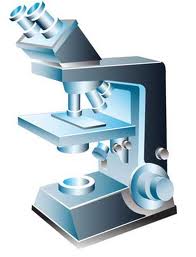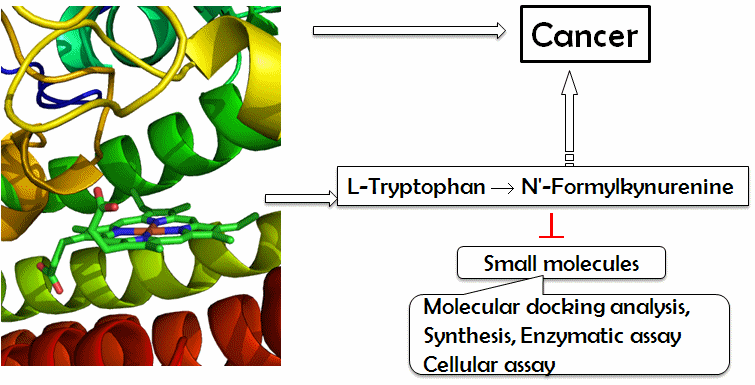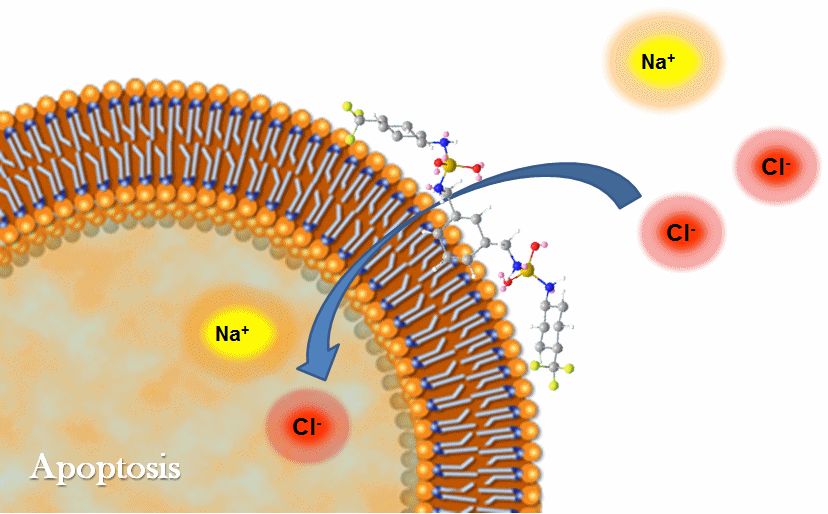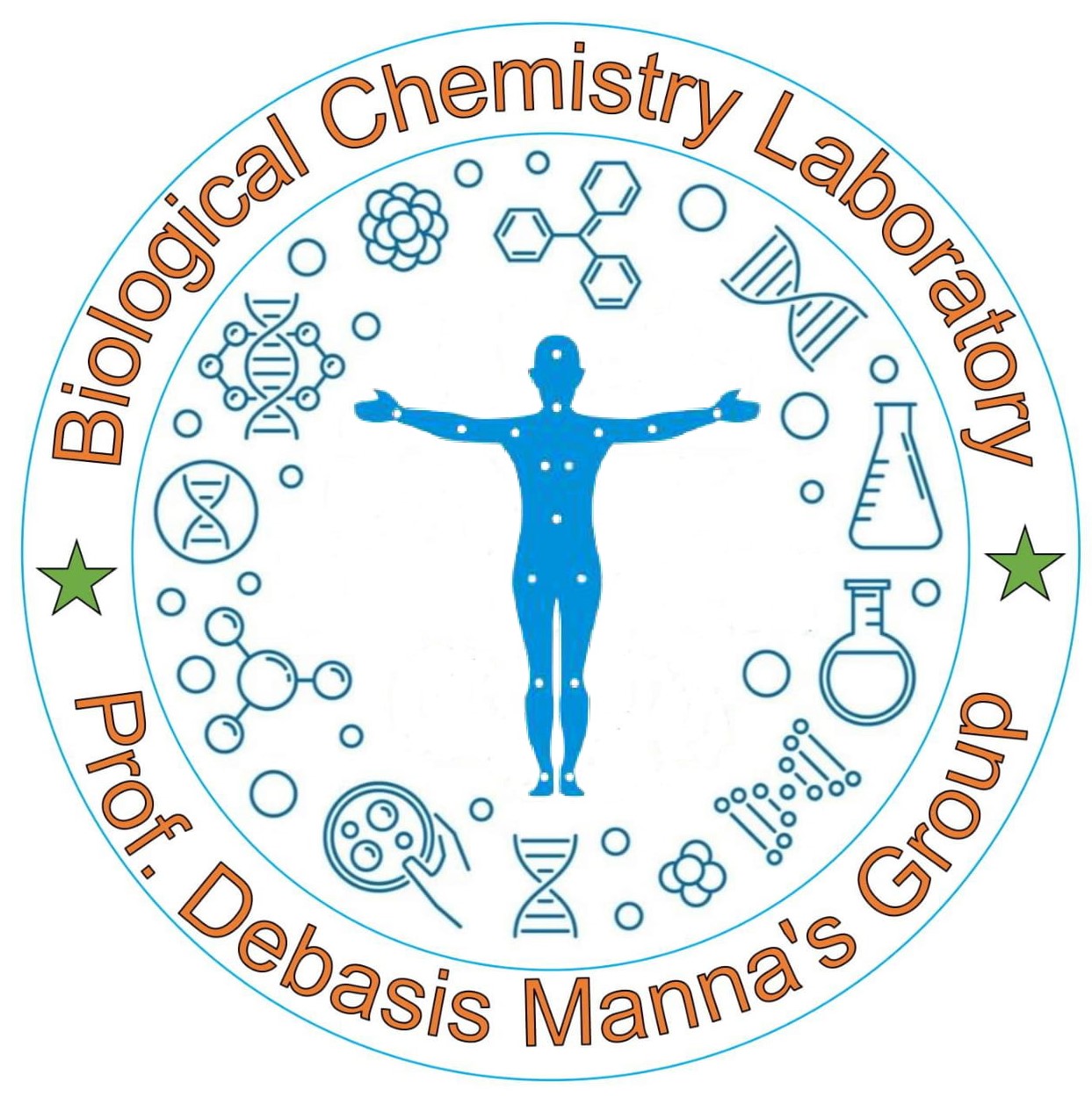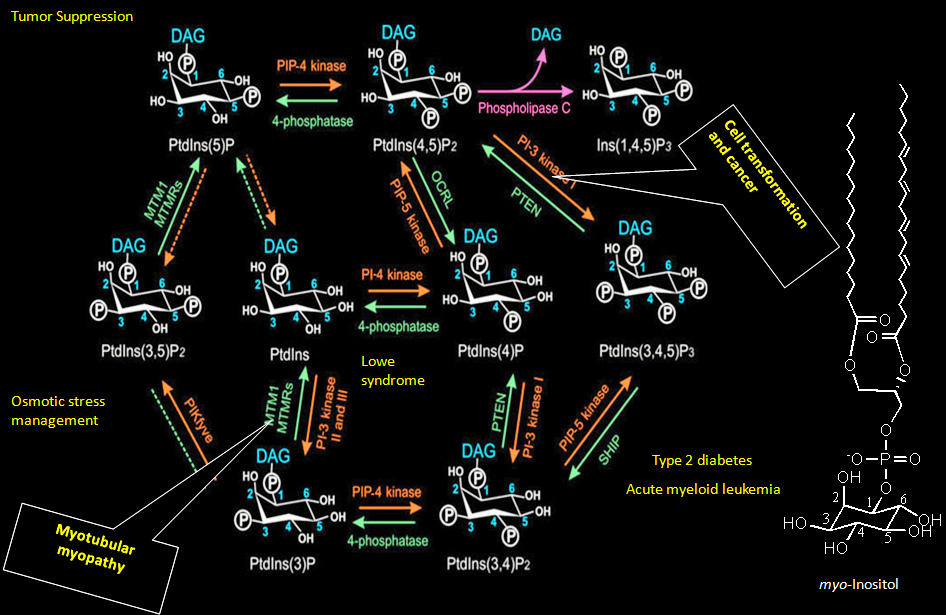Welcome to
Biological Chemistry Laboratory
... webpage of Dr. Debasis Manna
Identification and characterization of phosphatidylinositol-binding proteins:
The cellular levels and activity of phosphatidylinositols (PIs) are regulated by PI kinases, phosphatases and phospholipases that either initiate or terminate these signaling cascades by phosphorylating, dephosphorylating and hydrolyzing PIs (Figure 3). Individual PIs are localized in different cellular compartments. They serve as markers of these compartments such as, the plasma membrane, early endosomes and Golgi apparatus. Anchoring of peripheral proteins to these PI-enriched cell membranes is related with many vital cellular processes including growth, survival of cells, differentiation, vesicular trafficking, cytoskeletal rearrangement and others. Thus, it is necessary to understand molecular events occurring within and on membranes as a means of grasping disease etiology and identifying viable targets for drug development. Currently, we are characterizing PI binding proteins with novel PI specificities and unique membrane binding modes and determining how they direct the cellular localization and function of the cellular proteins they reside in. This project leads to a broader goal with the focus on drug design and discovery.
Molecular biology techniques, biophysical assays and cellular assays are used for this research.
Figure 3: Phosphatidylinositol signaling pathways.
Drug discovery and cancer immunotherapy
Indoleamine 2,3-dioxygenase (IDO) is one of the important therapeutic targets for the treatment of diseases such as cancer that involves pathological immune escape. Most of the human tumors are reported to constitutively express IDO and increased IDO expression in tumor cells are correlated with poor prognosis from survival of several types of cancer, led to the hypothesis that its inhibition might enhances the efficacy of cancer treatment. Recently, many IDO inhibitors (including hydroxyamidine and phenylpyrazoles) have been developed and some of which are in Phase-III clinical trials for the treatment of different types of cancer, immune tolerance, pregnancy, transplantation, autoimmunity and others. However, most of the reported IDO inhibitors are assumed to act through the interface with the chemical reducing agents in the enzymatic assay rather than through IDO-specific active site binding. Therefore, there is clear and unmet need to design and synthesize new classes of IDO enzyme-active site specific inhibitors and perform enzyme activity assay quantitatively and more systematically. Our research focus on design and synthesis of nitrobenzofurazan, indazole, oxazolone, triazole and triazine derivatives as potent and selective inhibitors of IDO enzyme. It will emphasize the measurement of in-vitro enzymatic assay and cellular assay for the development of highly specific IDO inhibitors. The overall goal of this project is to develop selective inhibitors leading to immunotherapeutic agents.
Organic synthesis, enzymatic assays, cellular assay and others are used for this research.
Figure 2: IDO enzyme activity.
Synthetic Anion Transporters
Maintenance of the ion homeostasis of cells is crucial to withstand cellular processes, including proliferation, differentiation and apoptosis. Evidences support that ion channels and transporters are involved in programmed cell death, which serves inter alia to remove unwanted or damaged cells. Several cancer cells reveal different patterns of ion channels that result in the dysregulation of ion concentrations and fluxes. This dysregulation of ions can lead to apoptotic resistance in cells, as well as an enhancement in proliferation and the migration of cancer cells. The effectiveness of channel blockers and ionophores as anticancer agents offers a strong encouragement to explore new approaches to influence intracellular ion concentrations in a controlled fashion. Particularly attractive research would be synthetic or semisynthetic ion carriers or transporters that are able to alter intracellular ion concentrations.
Organic synthesis, biophysical studies, biological activities and others are used for this research.
Figure 1: Ion transport accross lipid bilayer.
